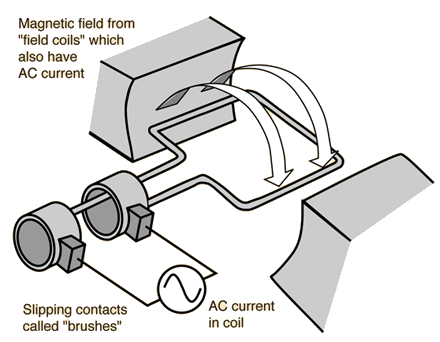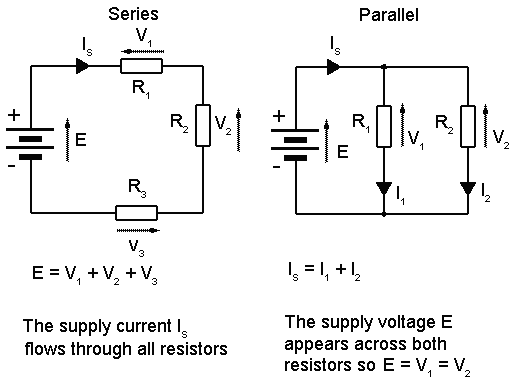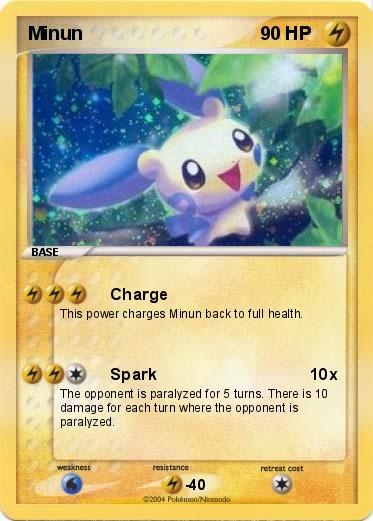Standard 10.1: Through this convex lens, the image behind it can be magnified to a certain extent depending on its distance from the object. Although this image does not create a rainbow, however, it does represent the relationship between frequency and color. For instance, the ceiling in the background is of a white color. Therefore, the ceiling basically reflects all other colors that come into contact with it. Also, My skin absorbs the certain light of color which gives it its certain pigment. In addition, my black hair is the color it is because it absorbs all light. This is why when someone wears black on a hot day, he feels very warm.
Standard 10.2: The index of refraction of this convex lens is 1.52. Compared to the index of refraciton of the air (1), the light will move at a slightly slower rate. As a result, the light will travel closer to the normal line. Using Snell's Law, we can determine that the light travels into a different medium as it goes from the air, through the convex lens, and then back out the other side of the lens. This explains why the lens has the property of magnification.
Standard 10.3: This convex lens has a different medium than that of the air. This causes the property we know as magnification. The light going into the lens does not reflect off the lens, rather it refracts through it and causes the image on the other side to appear larger. This "real image" occurs due to the light rays in space that focus together in space with the image and the observer (the camera) on the same side.










 Afterwards, we went onto take our circuits test.
Afterwards, we went onto take our circuits test.
















